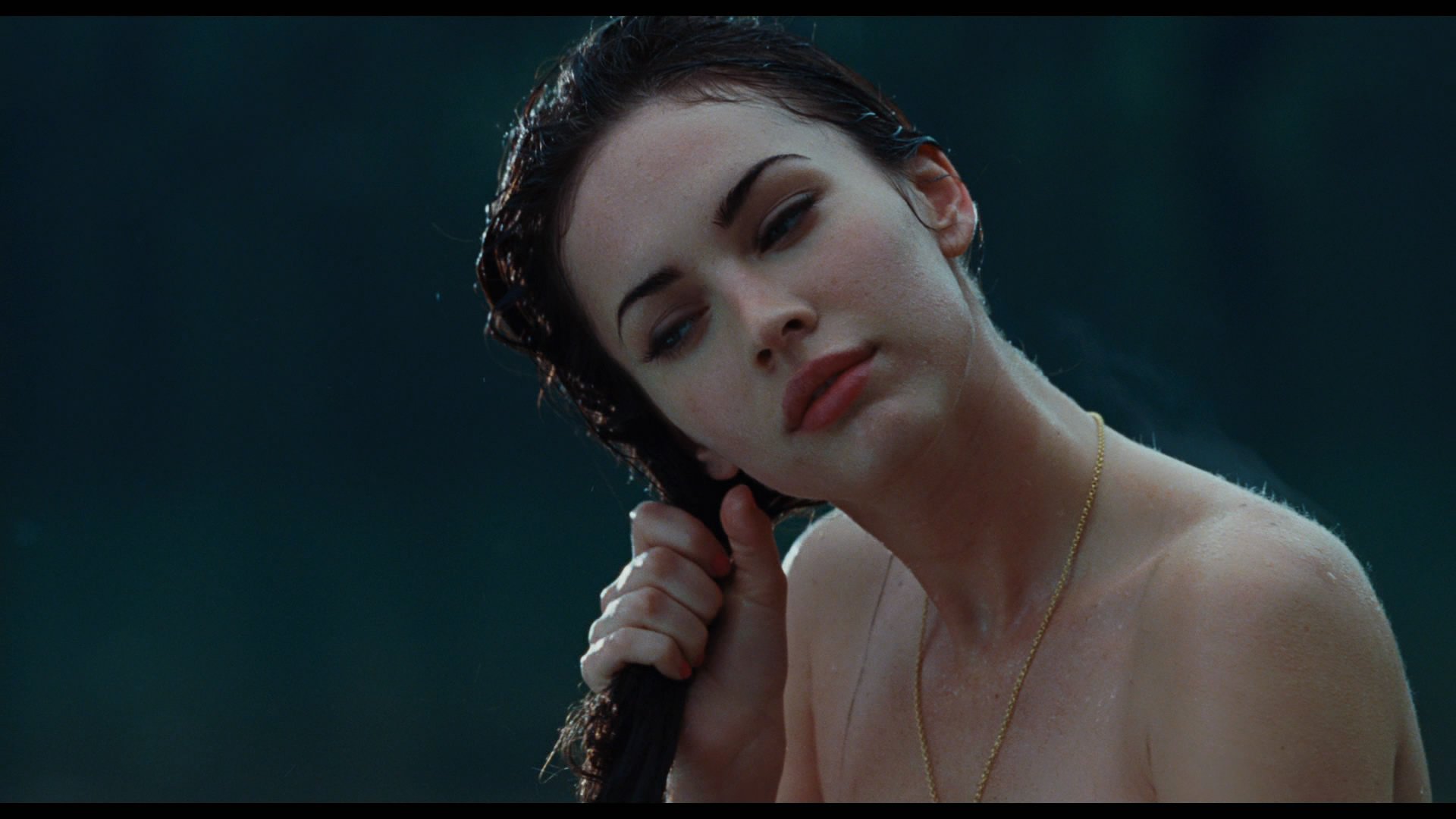Revisiting “Jennifer's Body”
For those uninitiated: Jennifer’s Body is a brilliant (BRILLIANT!) 2009 horror film about a failed attempt at a deal with the devil, which leaves Jennifer (Megan Fox) to become a demon-possessed succubus relying on eating the souls of men for immortality and powers. The movie is centered around the perspective of Jennifer’s best friend Needy, and the slight strain of Jennifer becoming a demonic being puts on their friendship.
Before I dive into the movie itself, let’s set the scene. 2009. Skinny jeans and Juicy sets run amok in the streets. (Yes I know they are coming back. No I do not approve.) Diablo Cody, having just won an Oscar for Juno, is predicted by critics to be a one-hit wonder. I guess some people really hated made-up slangs in their movies. Megan Fox, very much still seen by the world just as a car-fixing, waterfall-dancing sex icon, suddenly thrusted into a role that may actually (gasp) showcase her acting abilities in a character that has more than two identifiable personality traits.
image via
The one last bit of backstory I want to mention is the release. The film had notoriously bad ratings at its release, with a 45% on Rotten Tomatoes and a wide range of criticism from “a gruesome-paint-by-bloody-numbers succubus story” (The Chicago Tribune) to “an old fashioned same sexploitative zing” (LA Times) and the charitable Roger Ebert review of “it’s not art… but as a movie about a flesh eating teenager, it’s better than it has to be.” Although people disliked the movie with or without preconceptions of Cody and Fox, I would like to approach the story of this release as Jennifer’s Body being ahead its time and a great 2007 time capsule of people’s attitudes toward women, particularly of stories centering around the female perspective and made for the female audience.
One such misunderstanding came from the marketing team of the movie, who, against Cody’s wishes, released trailers of the movie focusing on Megan Fox’s body in a scene where she emerges naked from a lake (to wash the blood from goring some guy to death, but I guess that didn’t seem as important to the movie as 10 seconds of her naked back).



In my opinion, Jennifer’s Body makes some real and cinematically-ahead-of-its-time points about the female experience. Take for example ownership of the body: the titular subject of the movie, Jennifer’s body, is taken away from Jennifer in the first 20 minutes with her humanity, and she is viewed as a dangerous animal where even her best friend Needy is afraid of her. It is also important that the story is not told from her perspective — indeed, it is sometimes difficult to understand her behavior before the demonic possession through Needy, but it symbolizes Jennifer’s voice being taken away from her. Furthermore, the storyline is incredibly cruel to her: she experiences an attack at the start of the movie which dictates her actions through the rest of her story, painting her as a villain and eventually leading to her death.
Something that even the toughest 2009 critics would agree with me is that this movie is, at least partially, sexy. The aforementioned emerging-naked-from-a-lake scene may not be representative of the whole movie, but it is also an indispensable part of it. The murder scenes are filmed with a jarring male gaze camera (think camera panning to sensual and suggestive shadows of our heroine devouring unsuspecting men). Shameless flirtation of the female form with the camera tells two parallel messages: an empowering “femininity is power” and a debilitating “even at the cost of your humanity, you cannot escape the lens of men’s sexuality.” This, in my opinion, is something Cody does exceptionally well. Jennifer is simultaneously a monster with animalistic movements and an embodiment of feminine beauty — simultaneously more and less than human.
image via
While objectification and sexuality are interesting themes, for someone trying to have somewhat of a good time, it may relieve the reader to know that there are lighter themes to the film too. Cody does a great job of touching on teenage insecurity, particular in the most desired and pretty much invincible Jennifer, who’s actions are very visibly influenced by the opinions of Needy. The complexities of female friendships are also addressed: Needy and Jennifer’s friendship is central to the story and we watch Needy dealing with her past feelings for Jennifer being in conflict with her reactions to what Jennifer has become. It is very pleasing to me that in the final moments of the movie, we see Needy avenging her best friend through murdering the people responsible for Jennifer’s fate. While she makes tough decisions regarding Jennifer during her life, Needy ultimately seems to understand that Jennifer, despite putting up a perfect act, was not in control.
Over a decade later, this movie is still very relevant. To me, the underlying themes it addresses are almost synonymous with my understanding of womanhood (not the cannibalism, I swear, but the other bits). The out of control mine-but-not-always relationship with my body, the simultaneous power and vulnerability of being desired, and the insecurities that have no logical place in my brain are things I find to share with so many women in a very distinct way. This movie mirrors those aspects of my experience, making way for a very cathartic viewing. It is also a funny movie about a murderous cheerleader. Truly something for everyone.
image via
cover image via









